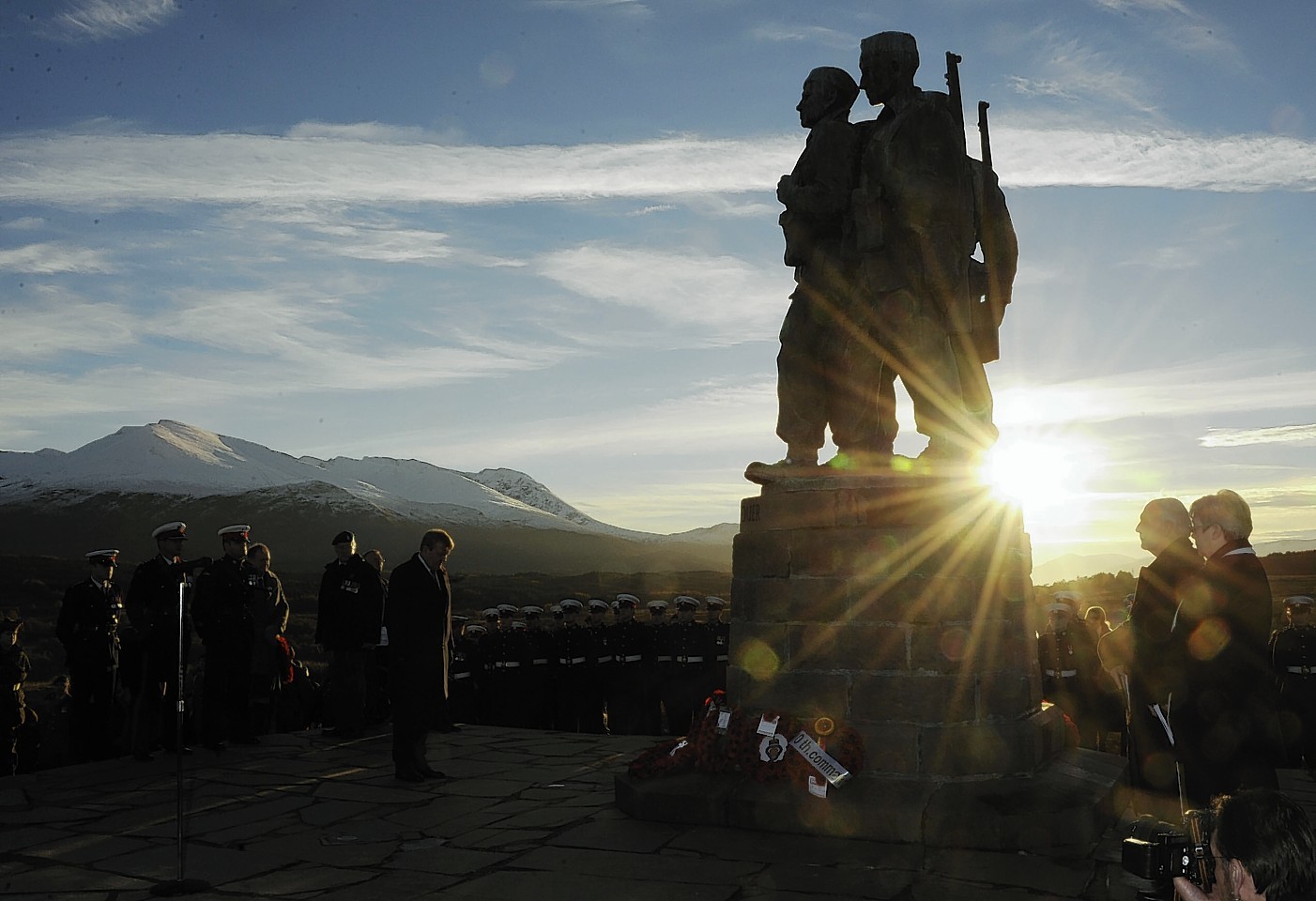A new tourist attraction highlighting the role of 30,000 commandos who trained in Lochaber is to be officially opened next month.
Lochaber Archaeological Society is creating a new Commando Trail to commemorate the commandos who trained at Achnacarry, near Spean Bridge.
It is placing interpretation panels at eight locations, starting at Spean Bridge Station, where the commandos arrived by train before marching to Achnacarry to undergo vigorous training.
And the completion of the project will be marked with a ceremony at the Commando Memorial in Spean Bridge on Saturday August 30 to remember those who died in World War II and subsequent conflicts.
It will be followed by a World War II open day and gala at Caol Community Centre near Fort William.
The society has also carried out an extensive metal detector search of the training area and discovered thousands of relics, including a helmet, spent cartridges, coins and badges, many of which will be on show at the open day.
Wartime weapons will also be on display and there will be a chance to see how bomb disposal teams work and what they have found on local beaches.
Archaeological society chairman Robert Cairns said: “The commandos who trained at Achnacarry played a vital role in World War II and the trail will highlight this.
“The interpretation panels have a barcode that can be scanned with a smartphone to provide more information and highlight where the other panels are located.”
The trail and the events on August 30 have been funded by a grant of £25,000 from the Armed Forces Community Covenant and £2,000 from Highland Council.
The ceremony at the Commando Memorial will begin at 11.30am when a Royal Navy rescue helicopter from HMS Gannet will hover over the memorial, while flying the white ensign.
A two-minute silence will be held and prayers will be led by the Rev Adrian Varwell, of Duncansburgh MacIntosh Parish Church in Fort William.
The open day at Caol Community Centre will start at 1pm, when refreshments will be served from a specially crafted “concrete” bunker bar by volunteers dressed in 1940s-style clothes. Visitors are also invited to wear the fashions of the era.
